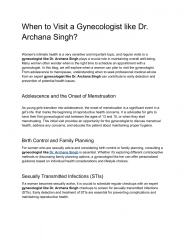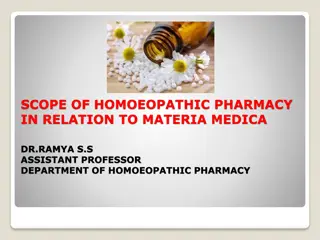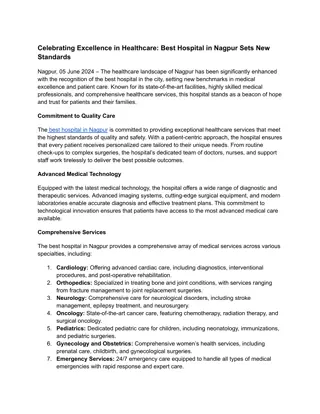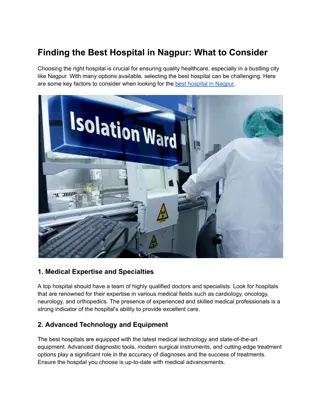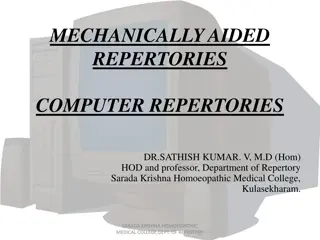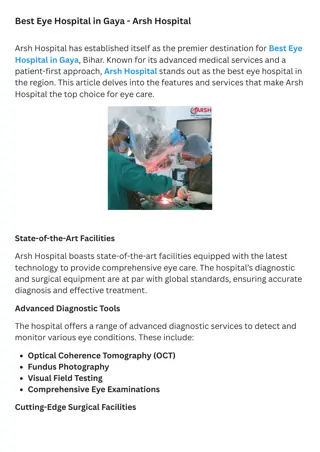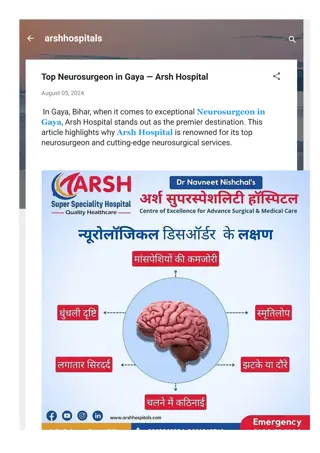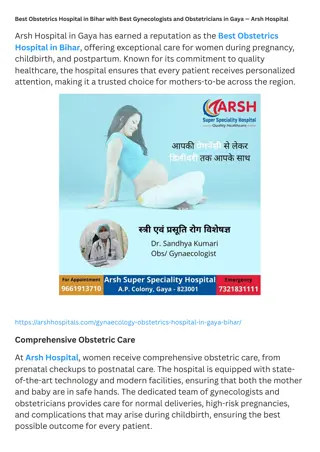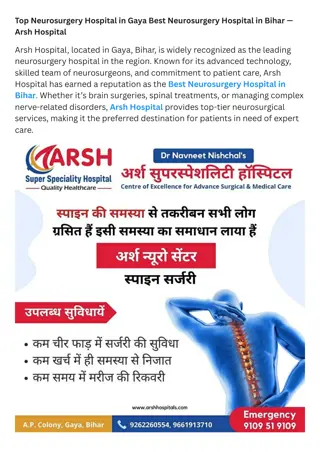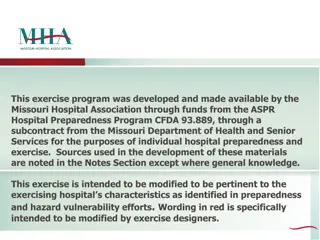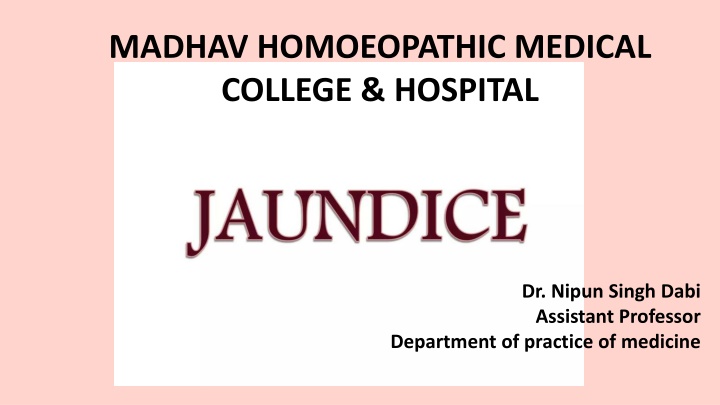
MADHAV HOMOEOPATHIC MEDICAL COLLEGE & HOSPITAL
Jaundice is a yellow discoloration of the skin, mucous membranes, and eyes caused by elevated bilirubin levels. Learn about the three types of jaundice - Hemolytic, Hepatocellular, and Obstructive - and their respective causes. Explore the differences between each type and understand the importance of early diagnosis and treatment.
Download Presentation

Please find below an Image/Link to download the presentation.
The content on the website is provided AS IS for your information and personal use only. It may not be sold, licensed, or shared on other websites without obtaining consent from the author. If you encounter any issues during the download, it is possible that the publisher has removed the file from their server.
You are allowed to download the files provided on this website for personal or commercial use, subject to the condition that they are used lawfully. All files are the property of their respective owners.
The content on the website is provided AS IS for your information and personal use only. It may not be sold, licensed, or shared on other websites without obtaining consent from the author.
E N D
Presentation Transcript
MADHAV HOMOEOPATHIC MEDICAL COLLEGE & HOSPITAL Dr. Nipun Singh Dabi Assistant Professor Department of practice of medicine
DEFINITION Jaundice is a yellow discoloration of the skin, mucus membrane and whites of eyes [sclera] caused by increase amount of bilirubin in the blood Bilirubin levels exceeds up to 3 times than normal The normal value 0.3 1.2 mg/dl
TYPES/CAUSES There are three types of jaundice 1. Hemolytic Jaundice (Pre-Hepatic) It is due to breakdown of RBCs that leads to increase unconjugated bilirubin level in the blood but liver function are normal causes :- blood transfusion reaction haemolytic anaemia Gall bladder stone
2. Hepatocellular Jaundice (intrahepatic) It is due to dysfunctioning of the liver cells causes :- Infection (hepatitis virus) Drug or chemical toxicity Excessive alcohol consumption
3. Obstructive Jaundice (Post Hepatic) It is due to obstruction of the bile duct that leads to altered secretion of bile. It is of two types A. Extra hepatic obstruction Due to blockage in the bile duct E.g. Gall stone, tumour B. Intra hepatic Cholestatis It occur due to blockage or swelling in intra hepatic duct
Homoepathic Homoepathic Management Management Aconite: Fever with stitches in liver region, scanty dark urine, great fear, anxiety and restlessness. Clay colored stools. Cardus marianus: Pain in liver region, left lobe enlarged, constipation, hyperema of liver. Gall bladder swollen. Cirrhosis. Nausea and retching; vomiting of green acid fluid. Gall stone diseases with jaundice. Urine golden colored. Berbeis vul.: Stitches in region of gall bladder; worse pressure extending to stomach, catarrh of gall bladder, constipation and yellow discoloration of skin, gall stones.
Chelidonium : Constant pain under inferior angle of scapula of right side. Face yellow. Tongue yellow with bitter taste. Prefers hot food and drinks. Jaundice due to gall bladder and hepatic diseases. Call stone colic, liver enlarged, profuse foaming yellow urine like beer, constipation - stools hard, round balls or bright yellow pasty, clay coloured, floats on water. Alternate diarrhea and constipation. Chionanthus: Liver enlarged and sore to touch, clay coloured stools, tongue heavily coated. No appetite. Biliary colic. Urine dark containing bile and sugar. Pruritis. Yellow conjunctiva. Leptandra: Jaundice, black tarry stools. Malarial effects on liver, Tongue coated yellow, aching in liver region, clay coloured stools. Urine dark brown.
Dietary Dietary Management Management Advice to pt. for restrict fat intake Provide high protein diet High carbohydrate diet Provide plenty of fluids, juices Give glucose water

